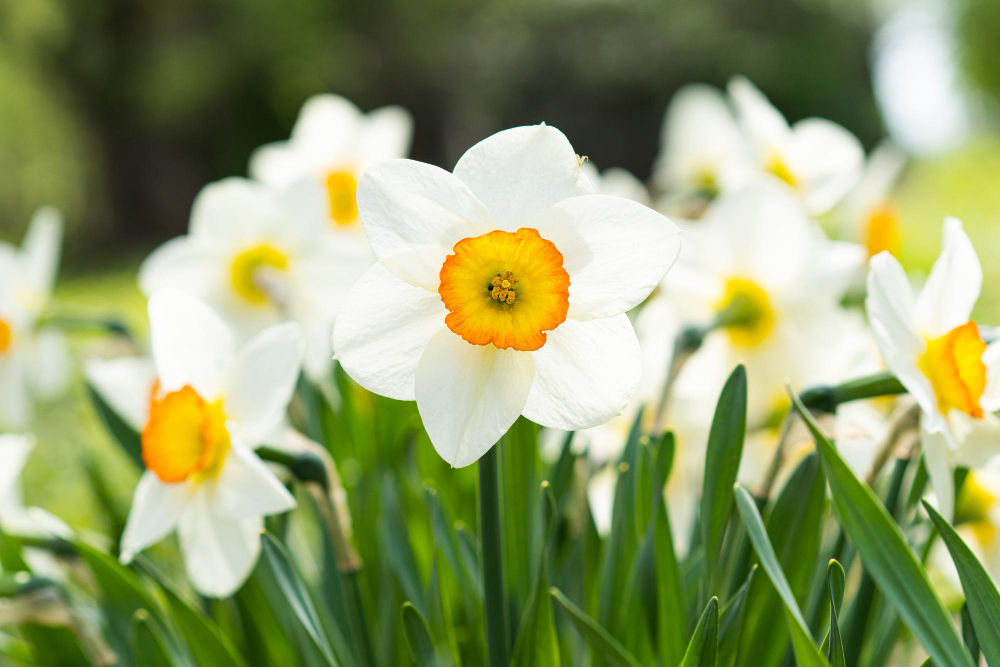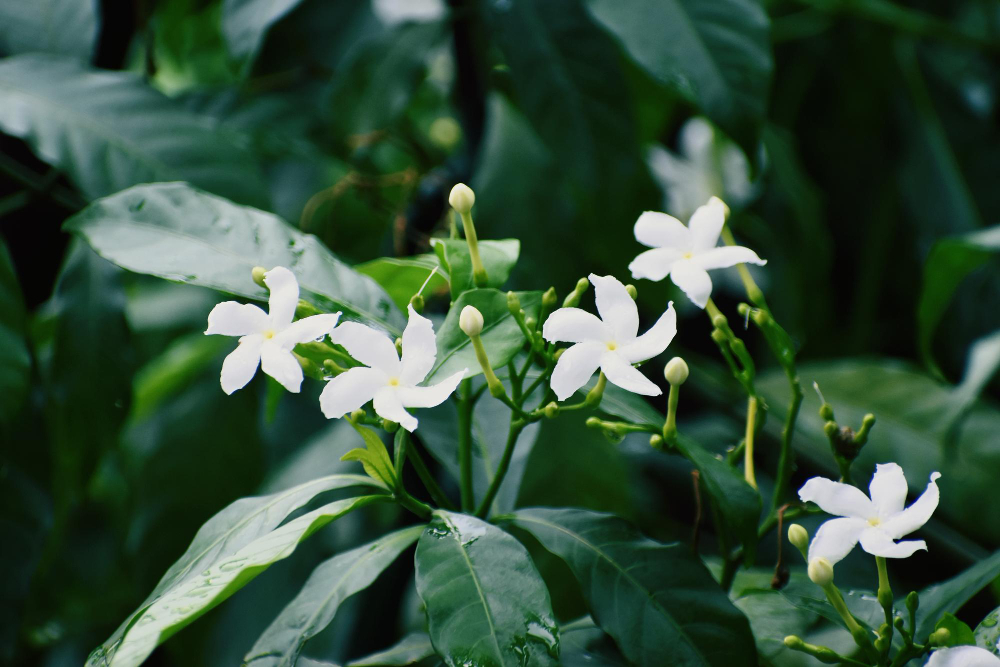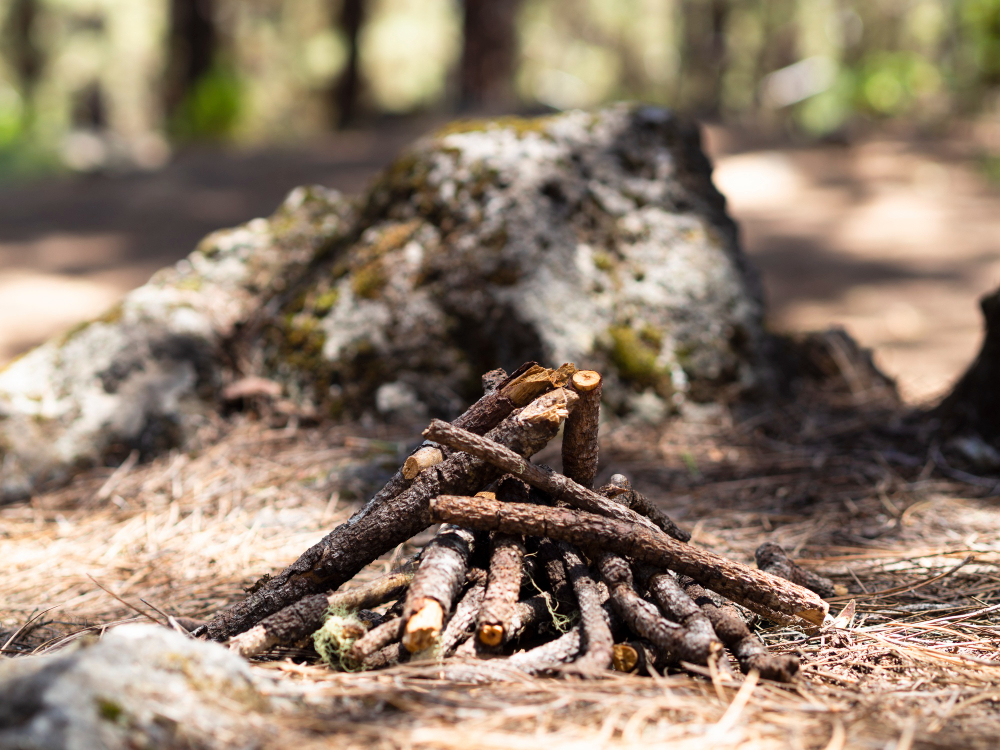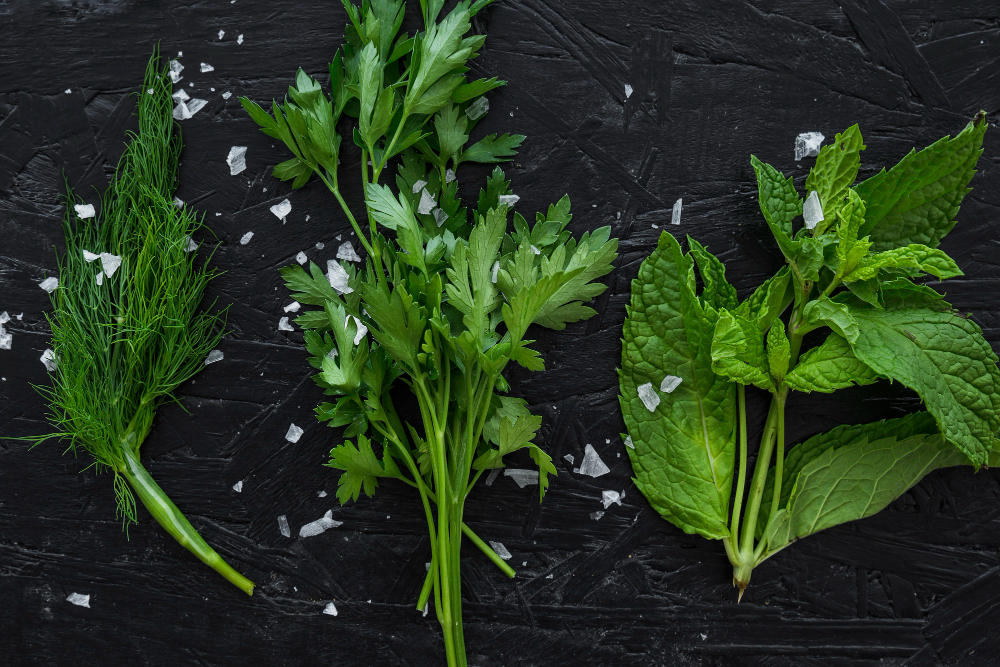5 Lesser Known Gardening Tips to Boost Your Home's Curb Appeal This Spring
by Core Assets
As the last patches of Toronto snow melt away and the city bursts into bloom, homeowners find themselves in a seasonal race not just against unpredictable weather but also against each other to snag the attention of potential buyers. The quest for curb appeal becomes as competitive as finding parking downtown during a Leafs game. But fear not; with our five lesser-known gardening tips, you can make your property the standout star on your street this spring. From unique planting strategies to smart ecological choices, we have tips that will elevate your garden's game and perhaps make your neighbours wonder if you've hired a professional landscape designer.

1. Layered Planting for Continuous Bloom
Think of layered planting as the TTC of your garden—reliable, well-timed, and surprisingly efficient despite the occasional hiccup. Start the season with early bloomers like crocuses and daffodils, which pop up eager and early, much like the coffee-seeking commuters at Union Station on a Monday morning. As these early risers tire, the mid-season performers like irises and peonies step in, bringing fresh waves of colour and enthusiasm, similar to the city’s patio-goers when that first warm weekend hits in May. To ensure the show continues, late bloomers such as asters and anemones arrive just in time, like the night owls catching the last subway home. Anchoring all these are your shrubs—think of them as your garden’s city planners; they provide structure and order, ensuring everyone else looks good and stays where they’re supposed to. This strategy is a brilliant way to maintain dazzling curb appeal that keeps potential buyers’ eyes glued to your property from spring through fall.

2. Incorporate Native Plants
For a truly Toronto twist on your garden, think local—not just in craft beer and artisan coffee, but with your planting strategy. Incorporating native plants into your garden is like filling your team with Maple Leafs players; they're already acclimated to the climate, require less fuss, and naturally, they attract a loyal fan base—local wildlife. Native species such as the Canada anemone, wild columbine, and trillium (yes, our provincial emblem that you're technically not supposed to pick but can absolutely plant) thrive with minimal intervention, mirroring the self-sustaining vibe of a Kensington Market community garden.
These plants are not just survivors; they're thrivers. They've adapted to Toronto's whimsical weather patterns—from the late frost in May to the surprise mid-September heatwave—much like Torontonians themselves who switch from parkas to shorts often in the span of a day. By choosing natives, you reduce the need for watering and fertilizing, which is a nod to both eco-friendliness and practicality.
Bringing native flora into your yard eases maintenance and supports local ecosystems and provides a unique aesthetic that says, "This garden could only be in Toronto." It’s a smart move for enhancing curb appeal while fostering a slice of Ontario’s natural heritage right in your front yard.

3. Use Mulch Wisely
Mulch in your garden is like a good winter coat in Toronto—it’s essential for protection and adds a layer of style. Just as you wouldn’t wear a ski jacket to a cocktail party, the key to using mulch is all about choosing the right type and applying it properly. Opt for organic mulches like cedar bark or pine needles that break down over time, enriching your soil like a Tim Hortons coffee enriches your morning. Spread it around your plants to create a unified look that's as sleek as the downtown skyline and as functional as the city’s well-loved PATH system.
But mulch does more than just make things look neat. It acts like the CN Tower of your garden—standing guard against temperature fluctuations, blocking out weeds (which can be as persistent as downtown traffic), and retaining moisture during those hot July days when the city feels like a sauna. Apply a layer about 2-3 inches thick, taking care not to smother your plants’ bases, a technique as delicate as navigating a streetcar through Queen Street at rush hour.

4. Edible Landscaping
Adding edible plants to your garden is like having your own St. Lawrence Market outside your door—fresh, local, and impressively practical. Toronto is a city celebrated for its diverse cuisine, and what could be more diverse than harvesting your herbs, vegetables, and even some fruits alongside your decorative plants? Think of it as planting your own multicultural festival, where tomatoes mingle with tulips and basil borders bloom alongside begonias.
Imagine stepping out to pluck some fresh chives or parsley as effortlessly as grabbing a streetcar on King Street—no waiting in line, just pure convenience. These edible elements provide fresh produce for your table and add a layer of texture and colour that's as visually appealing as it is practical. Incorporate leafy greens like kale and Swiss chard for their vibrant colours, which can rival any floral display, or use strawberry plants for a ground cover that offers a sweet reward.
Moreover, including edibles in your landscape design isn't just a nod to utility; it's a conversation starter—much like Toronto’s iconic CN Tower but arguably more delicious. It shows foresight, creativity, and a commitment to sustainability, qualities that resonate well in a city known for its environmental initiatives. Plus, it’s a selling point that can turn heads faster than a squirrel at a Jays game, making your home as marketable as it is munchable.

5. Attract Pollinators with Unusual Plant Choices
Attracting pollinators to your garden is like hosting an exclusive Toronto arts festival right in your front yard. Everyone from buzzing bees to fluttering butterflies will be on the guest list. But to really catch the eye of these essential garden visitors, you’ll want to skip the common marigolds and instead opt for some of the more unusual plant choices. Think of it as choosing the under-the-radar indie bands over the mainstream headliners at North by Northeast (NXNE).
Consider planting species like bee balm, which not only sounds like a remedy from a quaint Queen West boutique but also acts like one for pollinators, or cup plant, a native tall perennial that’s like the CN Tower for bees, providing both nectar and a unique architecture. Adding plants like Agastache or joe-pye weed can turn your garden into a hotspot as popular as the Distillery District during the Christmas market season.
These plants aren’t just good for the bees and butterflies; they add unique textures and colours to your garden, making it stand out like a well-curated gallery in Yorkville. By choosing the less common varieties, you’re also likely to intrigue potential home buyers who appreciate a beautiful and biologically diverse garden—much like Toronto itself, celebrated for its eclectic and inclusive nature. This approach enhances your curb appeal and supports local wildlife, creating a vibrant, buzzing community outside your window.
With these five lesser-known gardening tips, your Toronto home will shine this spring and stand out in the competitive real estate market.